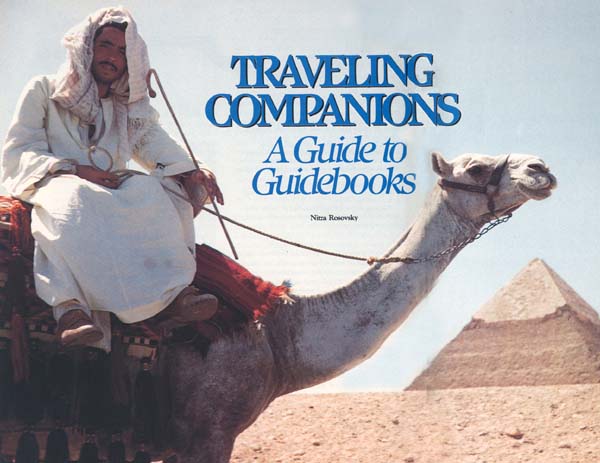
When God said to Abraham lech lecha: “Get thee out of thy country … unto the land that I will show thee” (Genesis 12:1), the Lord acted as the first known guide. Abraham then “departs” out of Haran, “passes through” Shechem, “pitches his tent” south of Beth El, and “journeys” to Egypt and back. The Bible of course is full of people going places without, as far as we know, the benefit of guidebooks.
Yet it is from the most famous journey in antiquity, the Exodus, that we have, if not quite a guidebook, at least a travel report. The spies describe Canaan as a land “which floweth with milk and honey” (Numbers 13:27), and as proof—in the days before photography—they bring back a cluster of grapes so heavy that two men have to carry it on a pole. (Today the Israeli Ministry of Tourism uses this image as its logo.) But the spies also speak of fortified cities in which dwell Amalekites, Hittites, Jebusites, Canaanites and the Nephilim—the giants—to boot. This upsets the Children of Israel: “Would that we had died in the land of Egypt!” (Numbers 14:2). To which the Lord reacts by telling Moses “And your children will be wanderers in the wilderness forty years … ” (Numbers 14:33). It all goes to show how carefully one must phrase impressions of other lands.
Already a library member? Log in here.
Institution user? Log in with your IP address.

